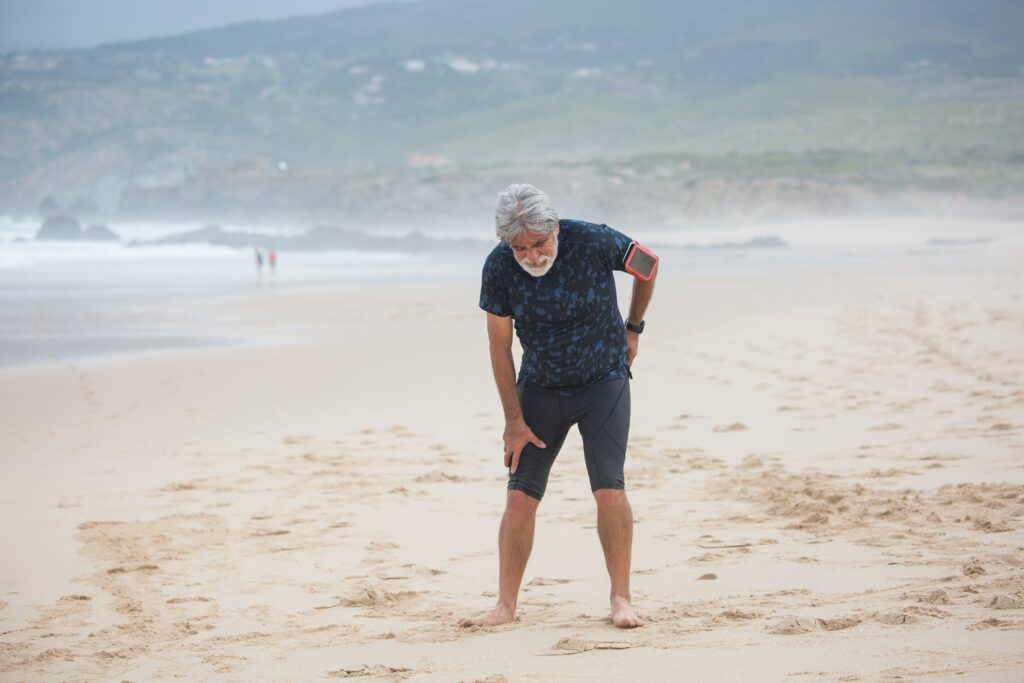Back pain is one of the most common symptoms that people report on a daily basis. In fact, it’s estimated that approximately 84% of adults suffer from low back pain at some point in their lives [1]. It’s also the leading cause of disability around the world, the cause of one third of all daily outpatient doctor visits, the third most common reason for surgical procedures, and the fifth leading cause of hospital admissions [2]. In summary, back pain is serious, you don’t want it, and it is more common than you think. The good news, is that there are ways that you can try to help yourself not be one of those statistics.
We don’t do ourselves any favors with the ways that we treat our backs. Posture so often gets thrown out the window thanks to cell phones, laptops, and huge plushy couches. Posture isn’t the only cause of back pain, but it is a common one. Whether your back pain started because of a car accident, working a desk job, or trying to round up some rowdy kids, there tends to be a common trend that flares up your back and leaves you out of commission.
First off, we spend a tremendous amount of time doing activities that are in front of us. This sounds obvious because we rely so heavily on our eyesight and our hands to do most of our tasks during the day. Yes, I know that it is also completely unreasonable to fully avoid rounding your back or bending forwards. Our problem is that we do too much of it and not enough in any other direction. Seriously, try paying attention to your posture sometime or watch someone else (just not in a creepy way, please). How many times do you bend backwards, to the side, or rotate around? Those might sound like dance moves, but these motions are ones that are spine was designed to do on a regular basis.
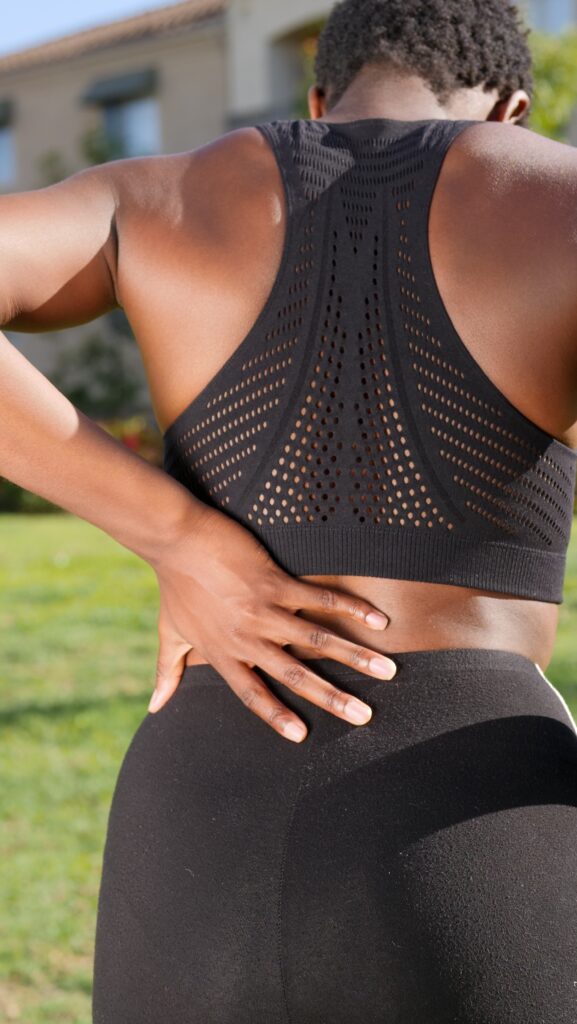
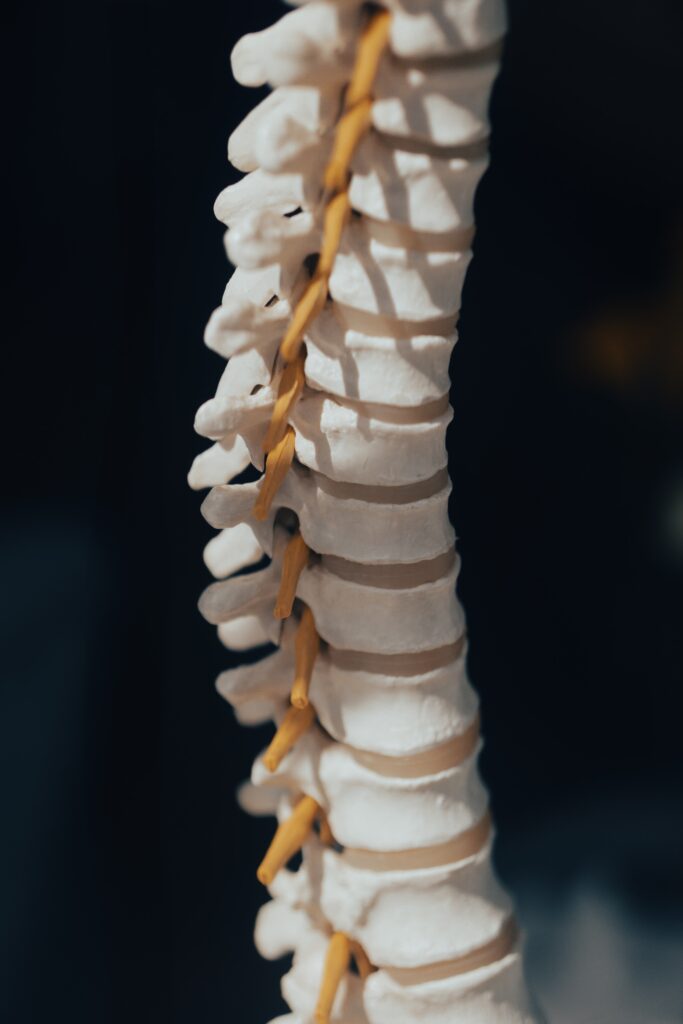
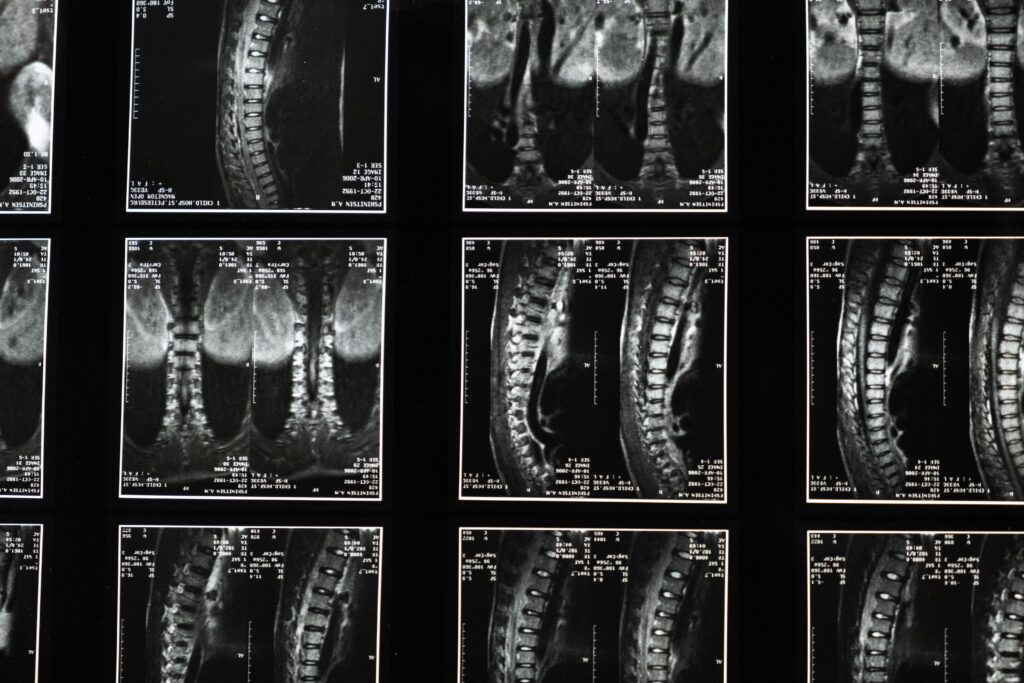
Let’s break this down with an example. Think of your back as a sandwich (trust me, this will make sense in the end). Your vertebrae (bones) are the buns/bread and the disc in the middle is the burger. The burger is going to be coming out the back of that sandwich if you spend too much time eating it from the front. I don’t think that I have some kind of terrible sandwich eating technique disorder, yet that seems to happen for pretty much any sandwich that I’ve ever eaten. So, just like any sandwich that is falling out the back, our automatic response is to either turn it around and eat it from the other side or to push it back in. Your back doesn’t function all that differently from this. We spend a lot of time going forwards and pushing the disc (burger) out the back.
Think about your day so far or yesterday or the day before. It probably doesn’t vary too much. Your day generally starts out by waking up and bending forward to put clothes on. Then maybe you are sitting down rounding your back to eat some breakfast. Afterwards, you are driving to work hunched over the steering wheel to sit down all day, bend forwards and do work, or stand looking slightly downwards rounding your back. Then you do that all day everyday without reprieve. We are constantly eating from the front of that sandwich, at least that’s how our back interprets it. This is fine for a while because our backs are designed to receive and deal with a lot of the stresses that we put on it, but there is a limit to how much it can take. It will break down at some point, just like anything else, and most of us don’t often find ourselves leaning backwards to try and help the situation. What do we normally do? Our back feels tight or painful so we lean forwards to try and stretch it out. While, yes, that does technically stretch out those muscles in your back, it doesn’t do so well for the structures beneath that (our sandwich in this example). So in a way, we are just scooping water out of a boat that has a hole in it. We aren’t really patching that hole up, but rather we are just addressing the tightness that we feel in our back while allowing the underlying problem to persist.
Now, this is certainly not the case for everybody and there are many other factors that could change some of this or the cause of your back pain, but this process is still a fairly common source of the symptoms. The easy solution to this problem is to spend more time going the other direction or directions. What does this mean for you? Well, lean backwards periodically throughout your day and especially after you know that you have been rounded forwards for a while. This creates a bit more balance between how long you have been rounded forwards and how long you have been leaning backwards. You can also lie face down on the ground and arch your back by coming up on your forearms to try and help. I will get more into some motions and exercises that you can try to help this in another post, but the concept as a whole is an important one. You will want to understand this so that you can make small adjustments now to try and minimize your back pain or keep it away entirely.
So what should you do? Pay attention to your posture. It will be much better off the more aware that you are of how you are positioned. If you’ve been bending forwards too much, then try going the other direction for a while. It doesn’t have to be a 5-hour gym routine. For example, drive to the store, get out of the car, lean backwards four or five times and then go do your shopping. This only takes seconds of time, but it is also seconds of time that you are giving the muscles in your back a chance to rest and your spine an opportunity to get better aligned and balanced again. Those seconds add up and could be the difference between staying healthy and finding yourself renting out a hospital bed for $5,000 a night while taking a $200 pain pill with a $30 cup of tasteless pudding.

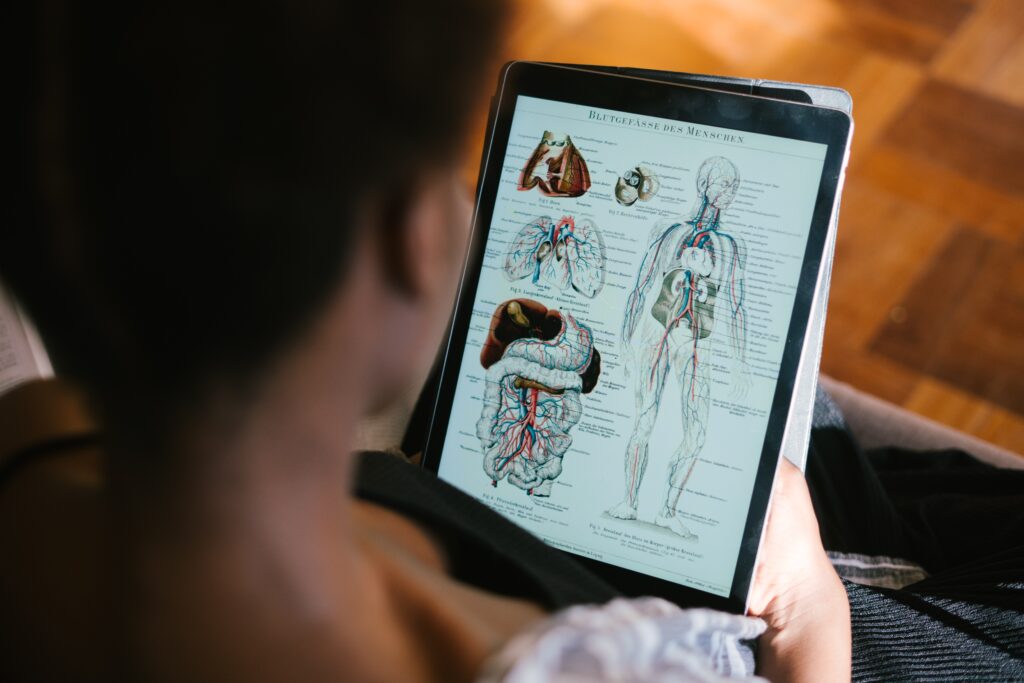
Citations:
Cassidy JD, Carroll LJ, Côté P. The Saskatchewan health and back pain survey. The prevalence of low back pain and related disability in Saskatchewan adults. Spine (Phila Pa 1976). 1998 Sep 1;23(17):1860-6; discussion 1867. doi: 10.1097/00007632-199809010-00012. PMID: 9762743.
Kahere, M., Ginindza, T. The prevalence and risk factors of chronic low back pain among adults in KwaZulu-Natal, South Africa: an observational cross-sectional hospital-based study. BMC Musculoskelet Disord 22, 955 (2021). https://doi.org/10.1186/s12891-021-04790-9

